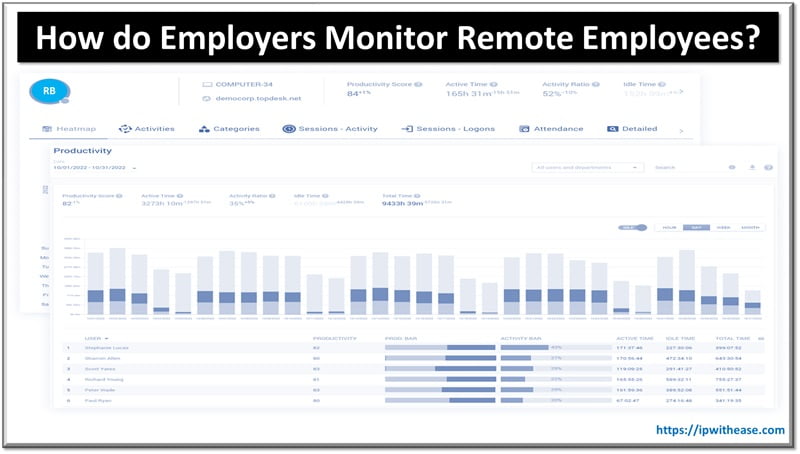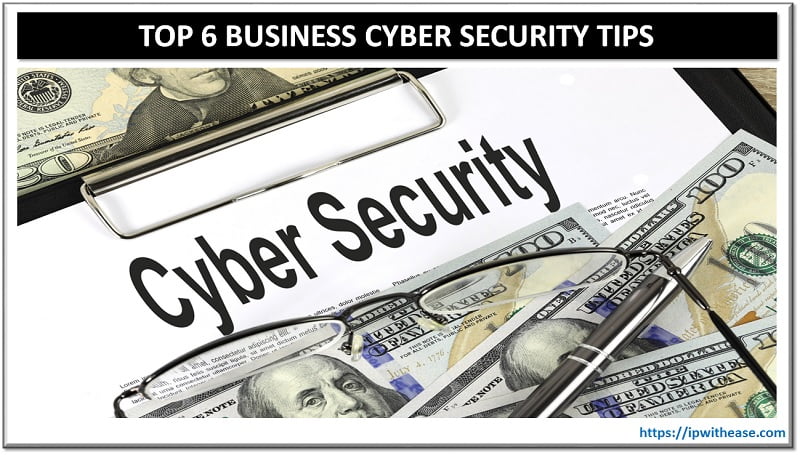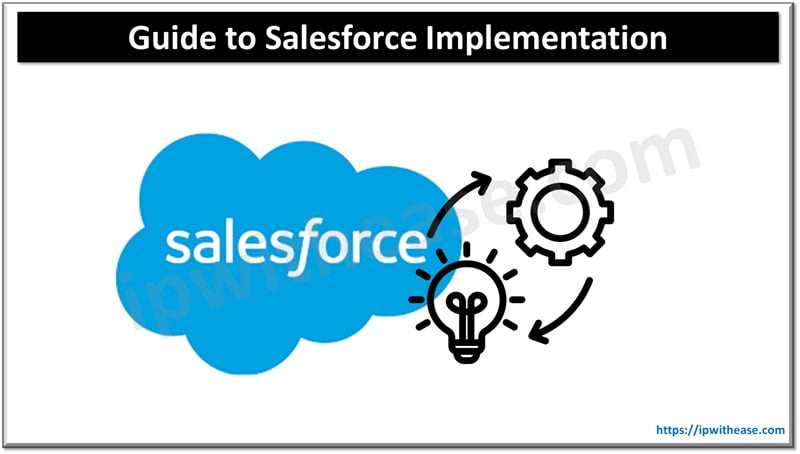Table of Contents
We are witnessing a significant shift towards remote work. Therefore, employers have adapted to new challenges in managing and monitoring their workforce. As organizations strive to maintain productivity and ensure accountability, the question arises: How do employers monitor remote employees? This article explores various methods employers use to monitor their remote workforce. We will also look at the need to balance the need for oversight with employee privacy and productivity.
The Rise of Remote Work
Remote work has become a prevalent aspect of the modern workforce. According to recent surveys, around 72% of workers have experienced some form of remote work arrangement. The shift has brought about increased flexibility and work-life balance. However, it has also raised concerns regarding how employers can effectively monitor employee performance outside traditional office settings.
The Need to Monitor Remote Employees
Monitoring remote employees is about more than just keeping a watchful eye. It is also a strategic approach to ensuring employees complete their work efficiently, meet deadlines, and help achieve organizational goals. Employers seek a balance between trust and accountability. They recognize that effective monitoring can contribute to a positive remote work experience for employees and the organization.

Employee Monitoring Tools
Here are various ways employers monitor their employees.
Establishing clear policies
One standard method employers use to monitor remote employees is by implementing comprehensive remote work policies. These policies outline expectations and guidelines for using company resources. A vital component of these policies is the directive to “keep your work computer for work only.” It ensures employees maintain a dedicated workspace to minimize potential distractions and security risks.
Virtual private networks (VPNs)
Employers use virtual private networks (VPNs) to secure communication between remote employees and company servers. VPNs encrypt data transmitted over the internet. They provide a secure connection for remote work. While the primary purpose is to enhance security, employers can also gain insights into employees’ online activities through VPN logs. However, it’s important to note that VPN monitoring must be transparent and comply with privacy regulations.
Time-tracking software
To ensure remote employees are dedicating sufficient time to their tasks, employers may use time-tracking software (bossware). The software records employees’ time on projects to offer a transparent view of productivity levels. The tool can be valuable for project management and resource allocation. However, it’s crucial to balance its use to avoid creating an atmosphere of distrust.
Employee monitoring software (bossware)
In recent years, the use of employee monitoring software, colloquially referred to as “bossware,” has gained traction. The software goes beyond time tracking. It helps capture various aspects of employee behavior, including keystrokes and website visits. While such tools can provide granular insights into employee activities, they also raise ethical and privacy concerns. Striking a balance between monitoring for productivity and respecting employee privacy is necessary.
Communication platforms
Communication is a cornerstone of remote work. Employers frequently leverage collaboration and communication platforms to monitor and facilitate teamwork. Tools like Slack, Microsoft Teams, and Zoom enable seamless communication and provide a trail of interactions. Employers can review chat logs and participation in virtual meetings to assess collaboration levels and ensure employees are engaged in their work.
Performance reviews and feedback
Regular reviews and feedback sessions are essential components of employee monitoring in remote work scenarios. Employers can use these sessions to discuss goals and address concerns. The approach creates a culture of continuous improvement and accountability. It reinforces the importance of meeting performance expectations even in a remote setting.
The importance of building trust through communication
Effective communication is critical to building trust between remote employees and employers. Transparent discussions about monitoring practices, their reasons, and how they align with organizational goals can help overcome concerns and create a positive remote work environment. Employers should emphasize that monitoring is not a measure of distrust. However, it is a strategic approach to ensure mutual success.
Bottom line
As remote work gains prominence in modern workplaces, understanding how employers monitor remote employees is crucial for employers and workers. Balancing between oversight and respect for privacy is necessary to create a positive remote work experience. Clear policies and open communication are essential in navigating remote employee monitoring complexities.
ABOUT THE AUTHOR
IPwithease is aimed at sharing knowledge across varied domains like Network, Security, Virtualization, Software, Wireless, etc.



